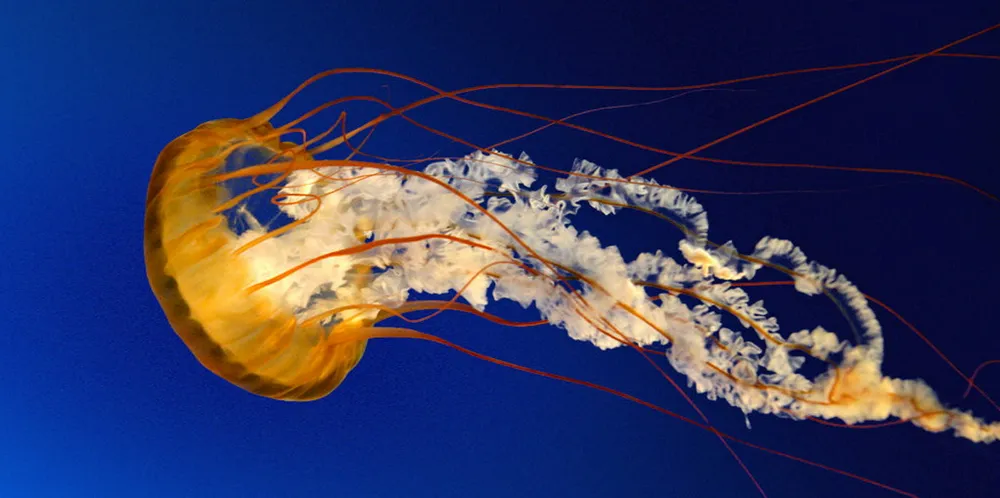Robots mimicking 'nature's smartest swimmer' could green future offshore wind farms
Jellyfish-inspired pulse-jet'marine machines could travel far at high speeds and carry out delicate underwater tasks on project sites, new UK research suggests

Jellyfish-inspired pulse-jet'marine machines could travel far at high speeds and carry out delicate underwater tasks on project sites, new UK research suggests
